Fragrant Cloud Hybrid Tea Rose
$21.00 Original price was: $21.00.$9.90Current price is: $9.90.
Genus:Rosa
Variety:’TANellis’
Zone:5 – 9
Bloom Start to End:Late Spring – Late Fall
Habit:Upright
Height:4 ft – 5 ft
Width:4 ft;Bloom Size:5 in;Petal Count:30
Additional Characteristics:Pruning Recommended
Bloom Color:Red,Coral;Bud Shape:Ovoid,Pointed
Foliage Color:Dark Green;Fragrance:Old Rose,Strong
Light Requirements:Full Sun
Moisture Requirements:Moist, well-drained
Soil Tolerance:Normal, loamy
Uses:Beds,Border,Cut Flowers;Restrictions: *Due to state restrictions we cannot ship to the following:Puerto Rico,Virgin Islands,Canada,Guam
Jackson & Perkins Rose of the Year 1968
Turn your garden into a fragrant cloud with the powerful, delightful perfume of this lovely rose. The fragrance is legendary for its complexity and its intensity. Notes of citrus, spice, fruit, and rosy damask all mix together. The overall effect has been compared to the smell of cloves or pumpkin pie. What a beautiful way to make your garden smell delicious.
A treat for the eyes as well as the nose, Fragrant Cloud offers up unique coral-washed blooms with intensely plush petals. This tetraploid is a child of Prima Ballerina and Montezuma, and thanks to this pedigree, it exhibits fantastic garden performance, with vigorous growth and healthy foliage. It especially shines in colder climates where other roses might struggle. The color only improves in cool weather.
The bloom show begins in early summer, the pointed, ovoid buds opening a soft coral red and maturing to a darker geranium red. The blooms are not only overly large (measuring 5 inches wide on average), but also highly symmetric and very full, packed with up to 30 petals. They grow singly or in small clusters, each fragrant bloom presenting a shining example of what a hybrid tea should look like. And the combination of impeccable form and unparalleled fragrance makes them the perfect choice for the vase. This floriferous variety sets its gorgeous, fragrant blooms on until frost.
Plant this hybrid tea in a sunny, well-drained spot. Deadhead promptly to encourage quick rebloom. Prune dead, diseased, or crossing canes in early spring to encourage better airflow.
| Weight | 1 kg |
|---|---|
| Dimensions | 1 × 1 × 1 cm |
Shipping Time
Shipping is an additional 15-35 business days depending on location. Shipping time will be provided at checkout.
Returns
If seeds fail to leave China, we will refund your payment 100%. But if seeds fail to reach you due to customs problem on your side which we were not informed in advance, we will not be able to bear any loss, and no refund will be made.
We sell only viable plants seeds online, and test germination of our seeds from time to time. So we will not be able to refund for seeds that clients fail to germinate, unless we are convinced that it's truly problem of our seeds.
———
Please send us an email: [email protected] and be as detailed as possible while filling in the information.
After submission, We will reply to you within 24 hours. Please be patient.
———
CHARGEBACKS & DISPUTES
Please contact us by email before opening a merchant chargeback or payment dispute, as we can generally resolve the issue before that takes place. Any chargebacks and disputes disable our ability to issue refunds or credits due to funds being frozen.
———
REFUND, EXCHANGE AND RETURN
Customers have the right to request a refund/ return/ exchange within 14 days from the delivery date. Our Customer Service team will offer the best solutions for specific situations.

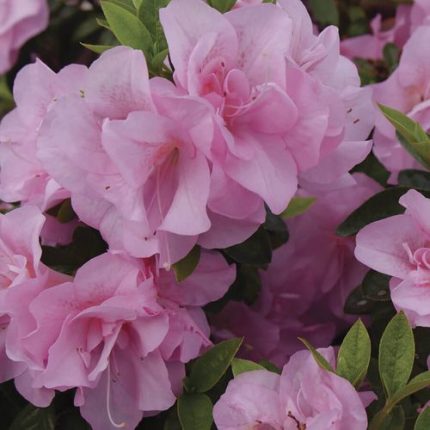
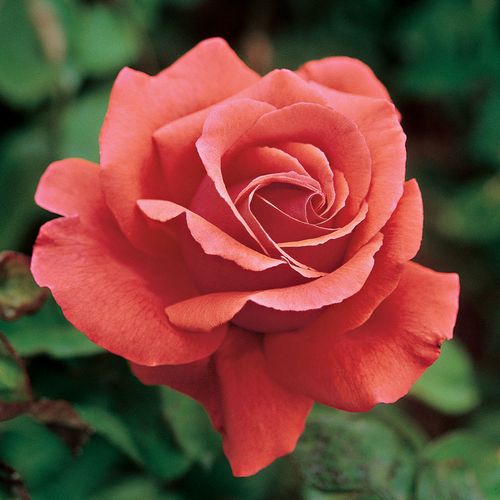
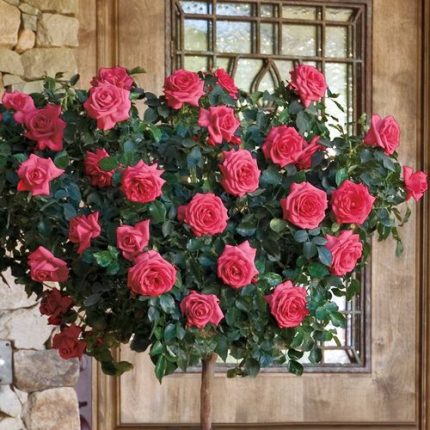
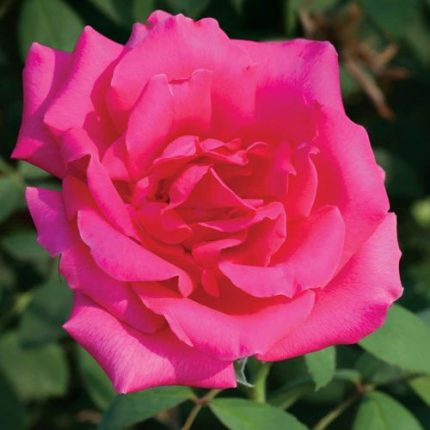
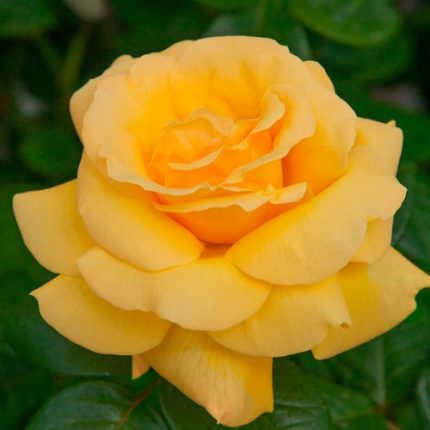
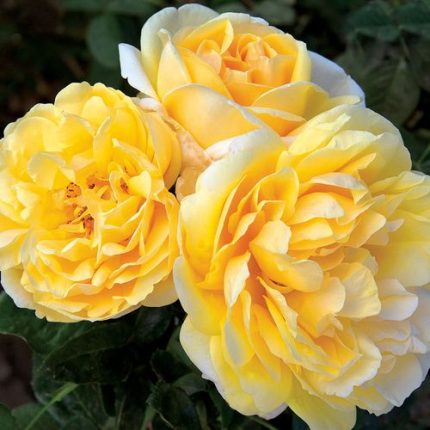
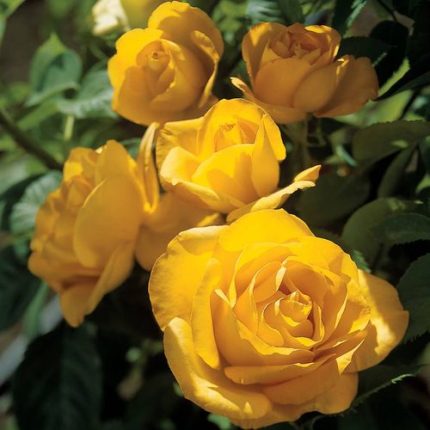
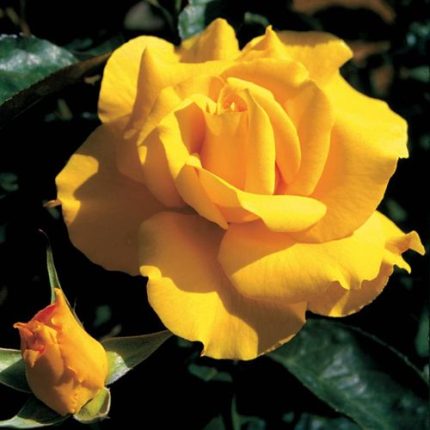
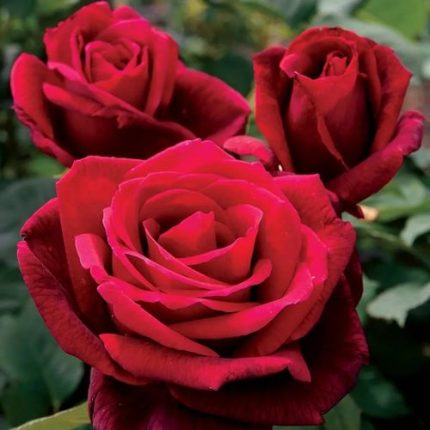
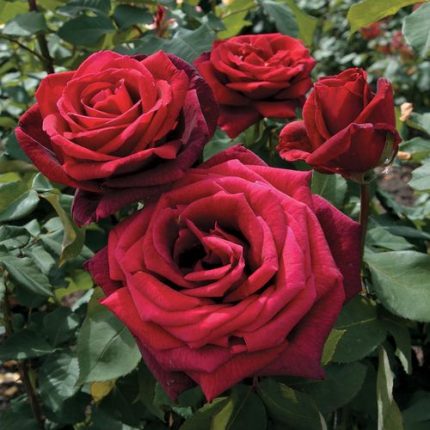
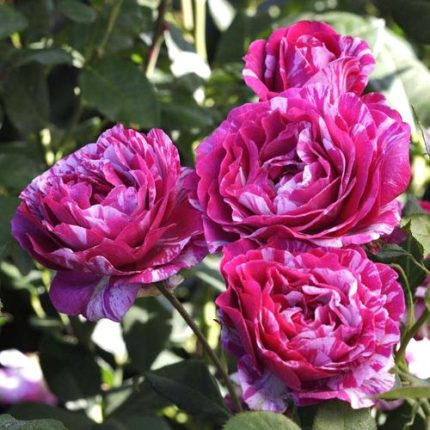
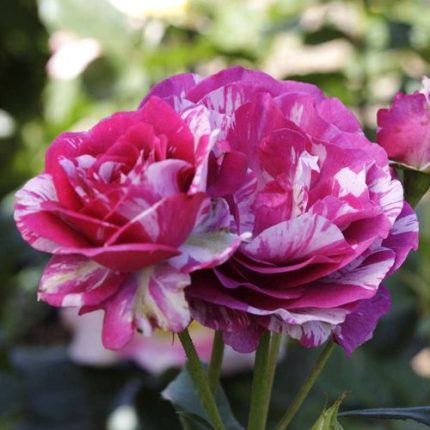
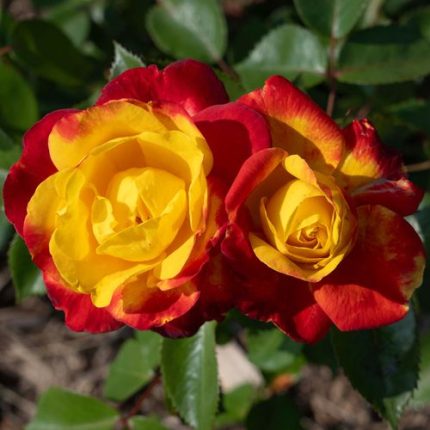
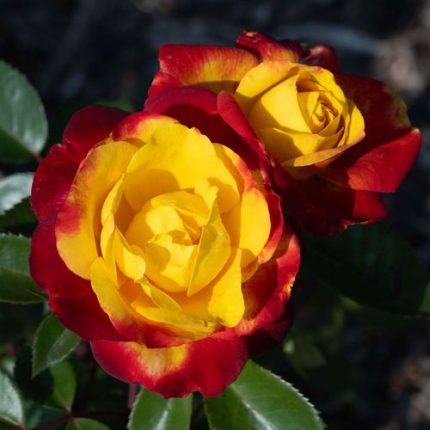
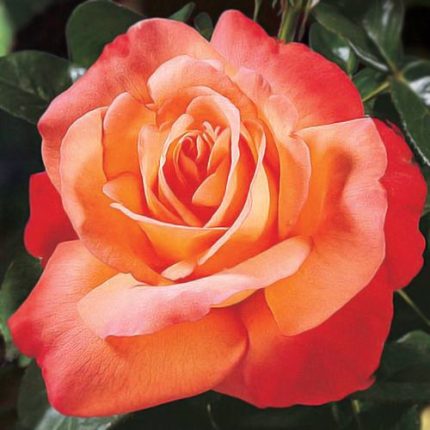
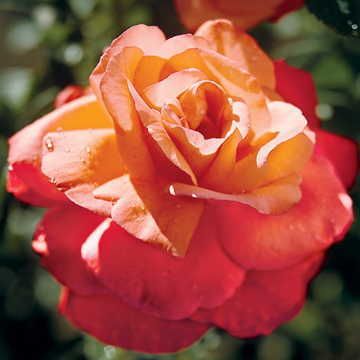
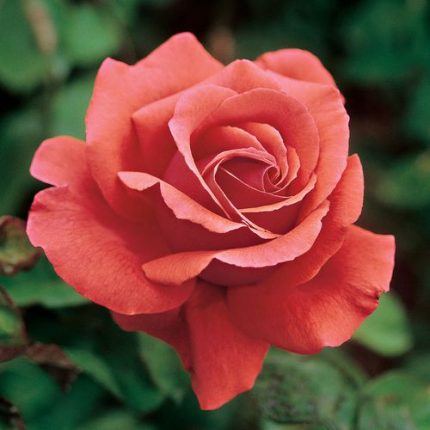
Reviews
There are no reviews yet.